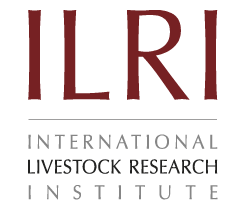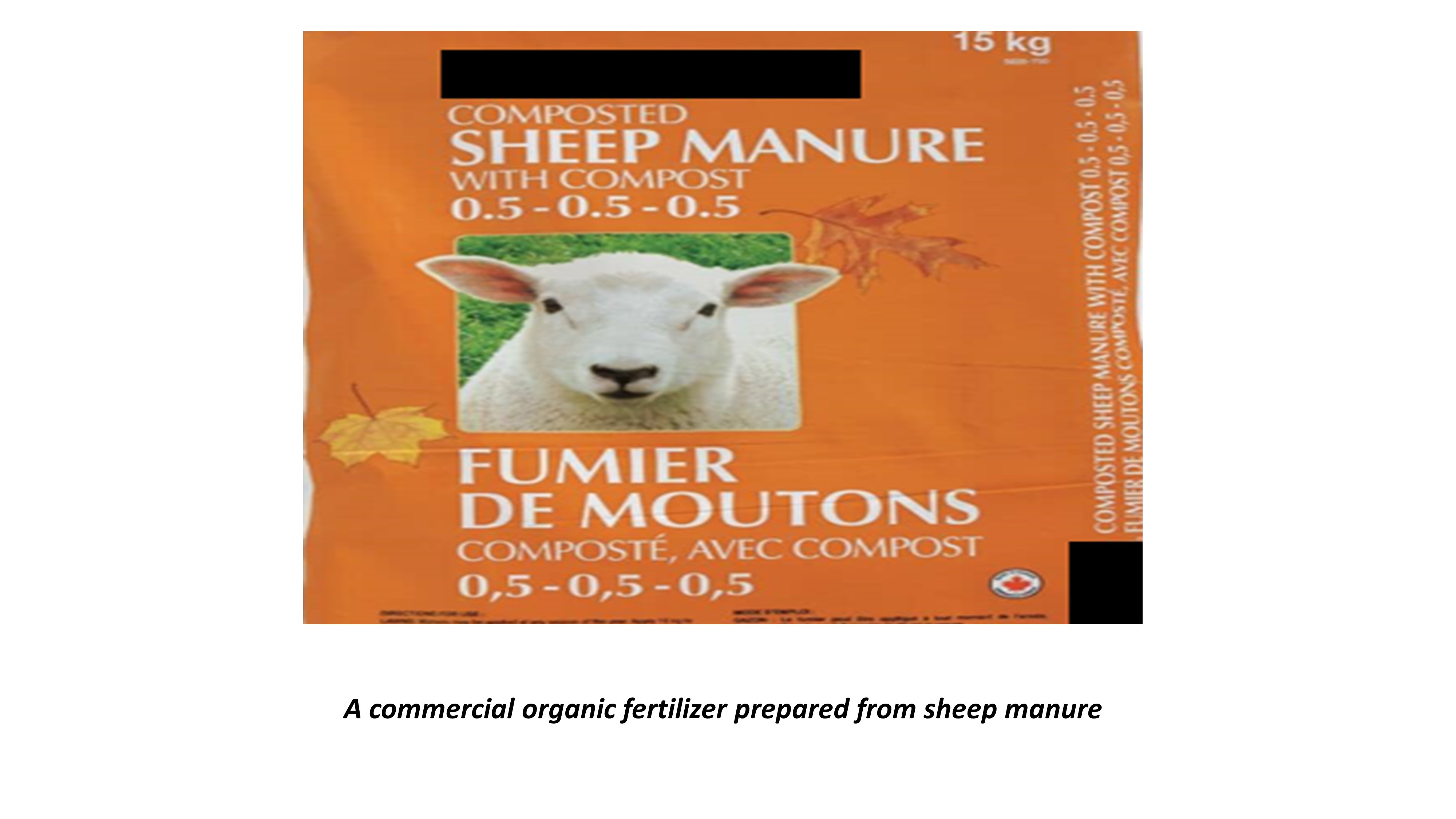Processing and Application of Composted Manures
Summary
The manure from goats and sheep has economic value and realizing benefit must take into account the characteristics of this material. Some advantages of this manure are its relatively high and balanced nutrient content compared to other manures, and the characteristic of its drier, odorless, naturally pelleted form. These may be applied fresh to soil without damaging plants, or as a mulch or compost ingredient. Fresh or dried manure poses some hazards as they may contain human pathogens and weed seeds but composting readily deactivates these threats. Composting is relatively rapid, in part because the spherical shape of fresh manure pellets allows for natural ventilation of the pile, resulting in a rapid onset of aerobic decomposition. Animal manures are valuable as inputs to crops and soil, and commercial technologies are available to produce organic fertilizers from them.
About the Solution
Goat and sheep manures are excreted as pellets and are drier than many other animal manures, making them easier to collect and spread. They contain balanced nutrients (N, P, K) and micronutrients and do not burn when applied directly to plants, as does chicken manure, allowing them to be used either fresh, as mulch or compost material as situations warrant. These manures are nearly odorless, and do not attract many insects. These manures compost quickly, and work well as a sole composting ingredient, resulting in a uniform dark brown product suitable for commercial organic fertilizer. Pelletized droppings allow for more initial airflow through compost piles, accelerating the decomposition process. The finished compost can also be pelleted. The nutrients present in the goat and sheep urine is usually wasted unless the animals are penned and bedding applied to the floor. Even when urine is collected as soaked into bedding, much of it is lost through volatilization of ammonia. Fresh goat and sheep manure may contain some human pathogens, so it is best to apply as composts to vegetable crops. This manure may contain weed seeds that are again destroyed by composting. Efficient use of manure constitutes a challenge both to livestock producers and the environment. Improper handling and disposal of untreated manure may result in methane emissions and pollution of groundwater and waterways, providing additional economic incentive for value added processing these manures.
Farmers across Africa utilize goat and sheep manure in its different forms. In some cases, manure collected from the livestock pens is exchanged locally for crop residues used as feed. In other cases, manure is collected and trucked longer distances to vegetable growing areas and to organic fertilizer processors. The simplest way to add value to manure is to keep goats and sheep in pasture-based systems where small ruminants spend days grazing and depositing manure into shelters at night while under protective confinement. This manure may be collected and sundried to 15-18% moisture content, and then stored in piles or bags for up to 2 weeks before use.
The nutrient composition of goat and sheep manure is 25% organic carbon, 2.2% nitrogen, 0.3% phosphorus and 3.0% potassium. Goat and sheep manure are not strongly acidic. Aerobic composting extends this life, allows mixture with rejected feed and bedding, and under favorable conditions a marketable compost is produced within only four months.
Composted goat and sheep manure is readily compressed into organic fertilizer pellets. These fertilizer pellets are convenient for application, transportation, and storage. After composting, production involves crushing, screening, granulating, drying and further screening for pellet uniformity. Crushing as achieved with a hammer mill able to process semi-wet material. Screening is performed whether in batches or continuously along a conveyer belt. Oversized materials are passed again through the crusher. Pelletizing is performed by exposing the fine material to small amounts of added water and friction from stirring, or on a vibrating granulating pan. Alternatively, pellets may be formed by extrusion. A second screening permits collection of undersized materials and their reuse. Drying is most effective by conveyer passage along a heat tunnel, but in some cases may be achieved through air drying.
Commercialization
Commercially available
Solution Images
Institutions




